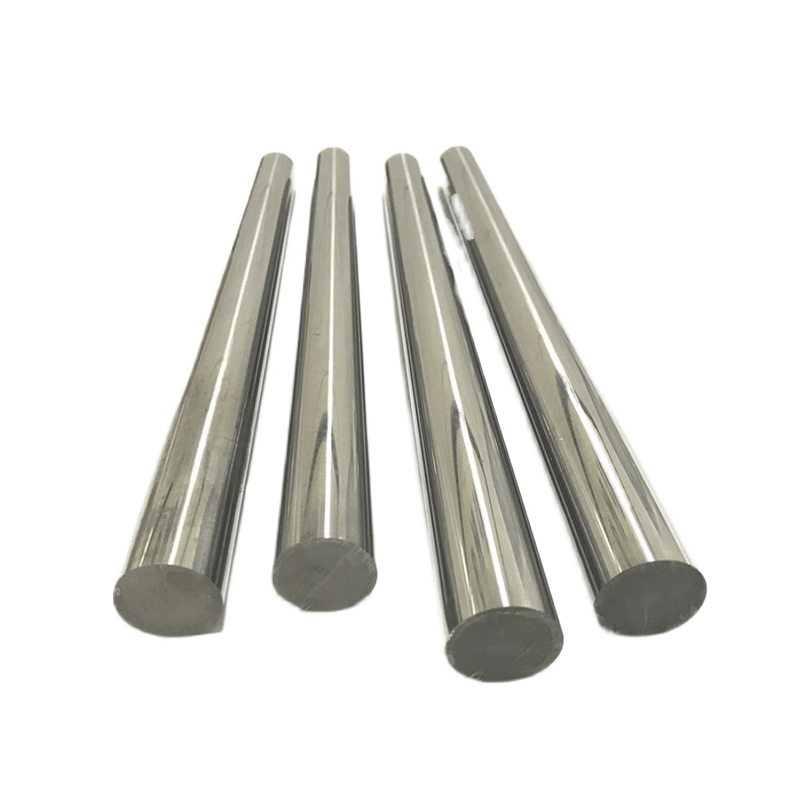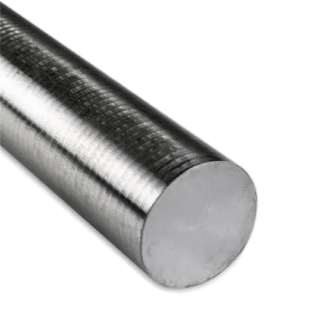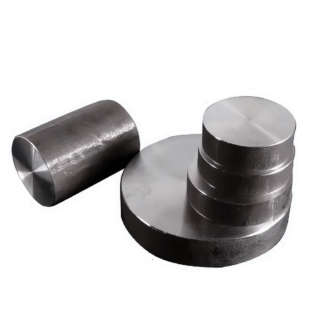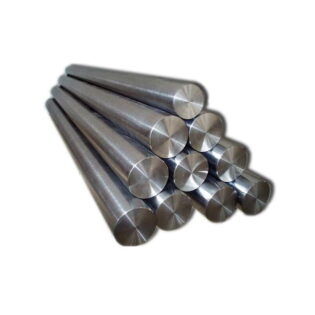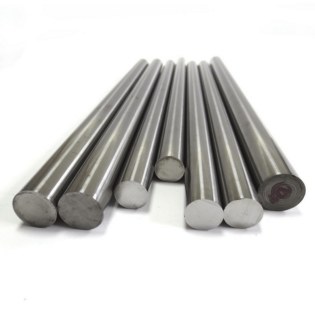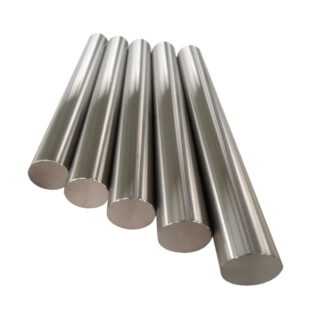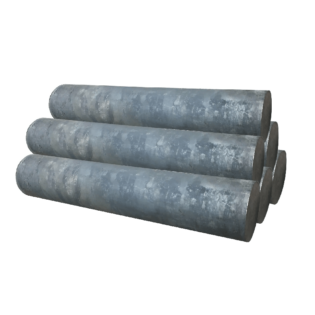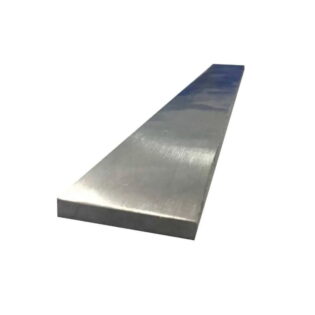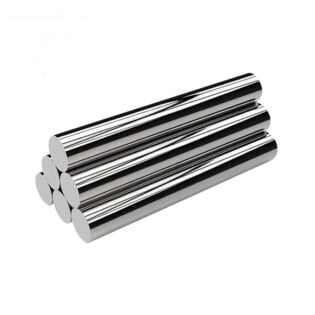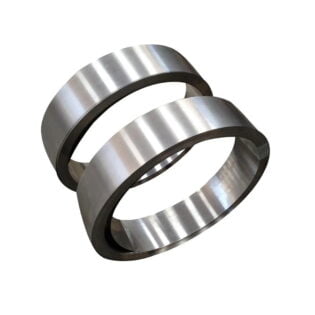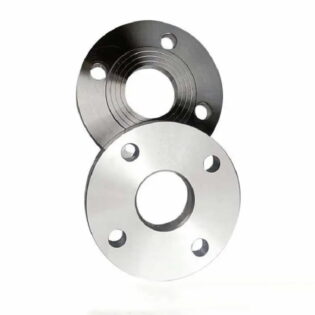哈氏合金 C-4 說明
Hastelloy® C-4 是 Hastelloy® 的一個等級 這是一種鎳鉬合金。 Hastelloy® 有許多不同的牌號,其中包括 C-4。 Hastelloy® 的每種牌號均針對特定用途進行了最佳化。鉬使 Hastelloy® 在高溫下變得更硬、更強。這種合金元素及其賦予材料的特性也使其非常適合焊接應用。這些鎳合金易於製造和成型。它們還表現出良好的延展性並且能夠進行冷加工。
所有牌號的 Hastelloy® 都被認為是耐腐蝕合金,因為每種牌號都表現出對各種腐蝕環境的卓越抵抗力。 Hastelloy® 對氧化鹽和還原劑等高氧化腐蝕性物質具有出色的耐受性,使其成為適合中度至重度腐蝕環境應用的優質合金。
哈氏合金 C-4 鎳基高溫合金
哈氏合金C-4是一種奧氏體低碳鎳鉬鉻合金。哈氏合金 C-4 與早期開發的其他類似化學成分合金的主要區別在於碳、矽、鐵和鎢含量較低。這樣的化學成分使其在650-1040℃表現出優異的穩定性,提高了抗晶間腐蝕的能力,在適當的製造條件下可以避免棱線腐蝕敏感性和焊接熱影響區腐蝕。哈氏合金 C-4 對大多數腐蝕性介質具有優異的耐腐蝕性,特別是在還原狀態下。在鹵化物中具有優異的耐局部腐蝕性。
哈氏合金C-4焊接可採用多種焊接工藝進行焊接,如鎢極惰性氣體保護焊、等離子弧焊、手工埋弧焊、金屬惰性氣體保護焊、熔融惰性氣體保護焊等。優先採用脈衝電弧焊接。焊接前,材料需要進行退火,去除氧化皮、油污和各種標記痕跡。焊接兩側約25mm的寬範圍需要打磨至光亮的金屬表面。
HASTELLOY C-4 合金是一種鎳鉻鉬合金,具有出色的高溫穩定性,即使在 1200 至 1900°F(649 至 1038°C)範圍內老化後仍具有高延展性和耐腐蝕性。此合金可防止焊接熱影響區晶界析出物的形成,因此適合焊接狀態下的大多數化學製程應用。 C-4 合金還具有出色的抗應力腐蝕開裂性和耐高達 1900°F (1038°C) 的氧化氣氛的能力。
HASTELLOY C-4 合金對各種化學製程環境具有卓越的耐受性。這些包括熱污染的無機酸、溶劑、氯和氯污染介質(有機和無機)、乾燥氯、甲酸和乙酸、乙酸酐以及海水和鹽水溶液。
哈氏合金 C-4 化學成分:
| % | 你 | 莫 | 鐵 | 鉻 | 公司 | C | 錳 | 五 | 和 | 磷 | 小號 | W |
|---|---|---|---|---|---|---|---|---|---|---|---|---|
| 米諾 | 平衡 | 14 | – | 14 | 2.5 | |||||||
| 最大限度 | 18 | 3個 | 18 | 2個 | 0.015 | 3個 | 0.2 | 0.1 | 0.03 | 0.01 | 3.5 |
哈氏合金 C-4 機械性質:
哈氏合金 C-4 應用:
已廣泛應用於大多數化學領域和高溫環境。典型應用領域:
- 煙氣脫硫系統
- 酸洗及酸再生裝置
- 醋酸和農業化學品的生產
- 鈦白粉生產(氯法)
- 電解電鍍
